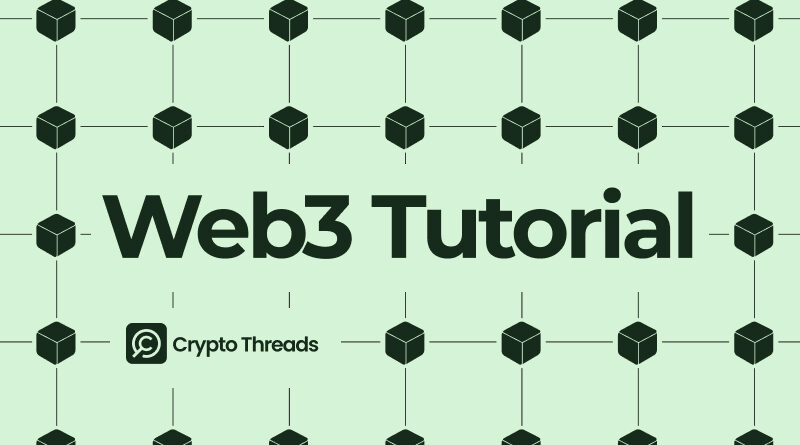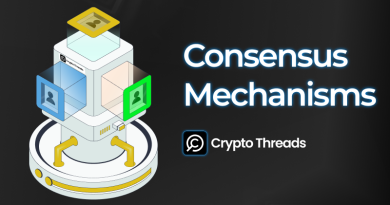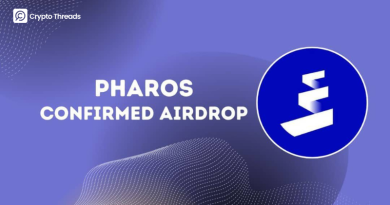Web3 Tutorial: Understanding the Basics of Web3
The Internet’s influence on everyday life has only increased as it has evolved. Web technology has evolved from the static structure of Web 1.0 to the dynamic platform of Web 2.0 to keep up with the evolving digital world. The next phase, Web3, is now taking shape in an effort to make the Internet more egalitarian and decentralized.
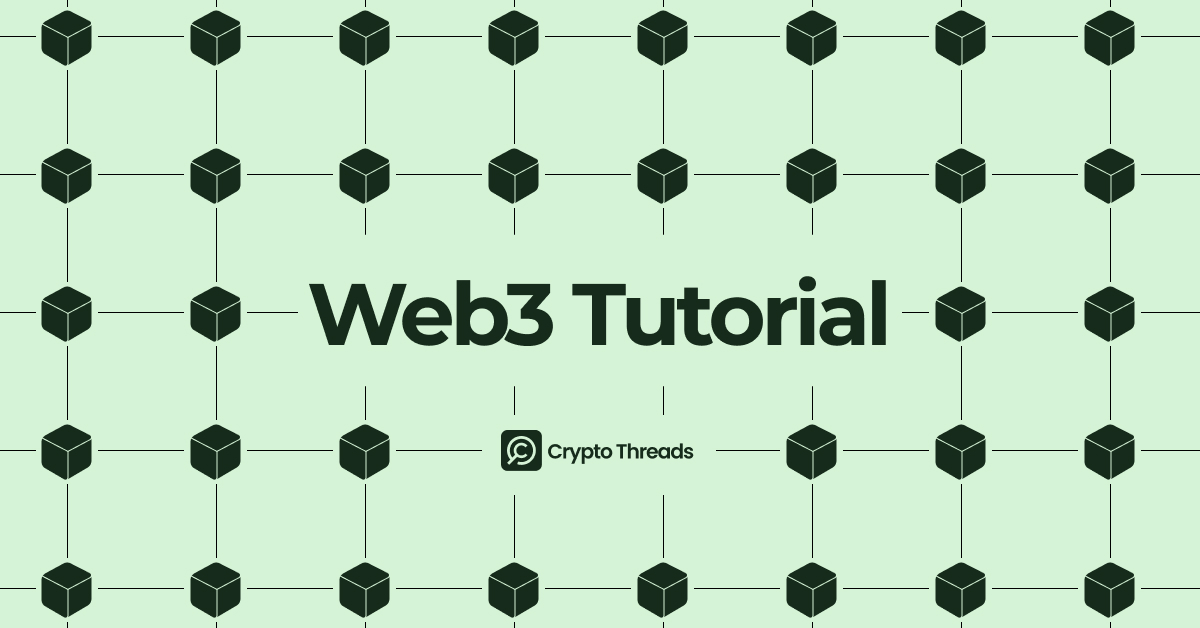
Web3 Tutorial: Key Highlights
Web3 is reshaping the digital landscape by promoting decentralization, reducing dependence on tech giants like Amazon and YouTube. This new model empowers users to have greater control over their data and content, freeing them from the monopolistic grip of large corporations. A key component of Web3 is the integration of cryptocurrencies, enabling peer-to-peer payments, and non-fungible tokens (NFTs), allowing digital assets to be owned and traded in innovative ways. However, critics of Web3 have raised important concerns, including the potential for unequal ownership structures and the phenomenon of “decentralization theater,” where systems appear to be decentralized but are still controlled by a select few.
The Internet’s Evolution: Web1 to Web3
Web 1.0 The Read-Only Era (1990-2004):
To start the era of the Internet, Tim Berners-Lee web developed in CERN in 1989, from which web 1.0 set the stage for the exchange of information across the globe. In this era, users had minimum interactivity with corporate and static web pages: hence, “read-only” fashioned it the primitive description.
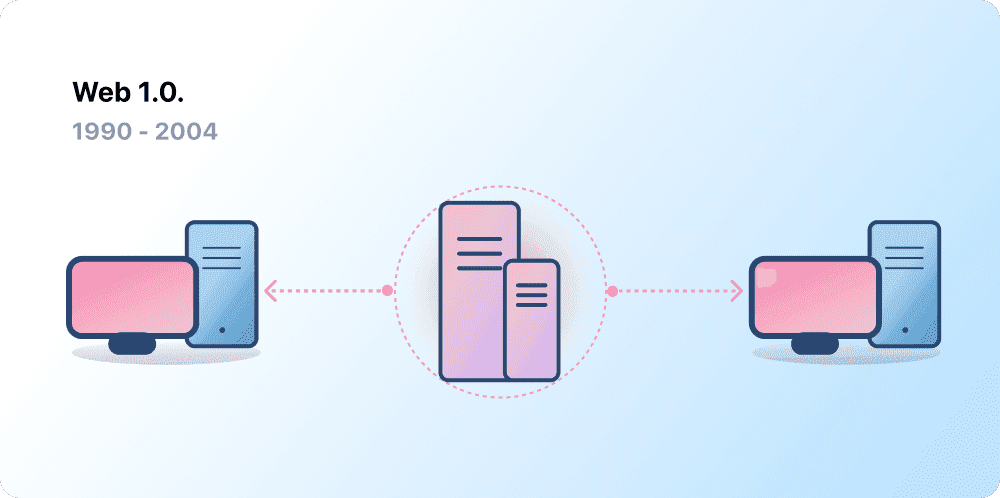
Web 1.0 (Source: ethereum.org)
Web 2.0: The Read-Write Era (2004-Todays):
Thereafter, encompassing social media channels such as Facebook, X, and Youtube, the Internet evolved towards a more user-era model. Instead, the Web 2.0 supported content sharing, liking and engaging users with more functionalities All the same, it has also brought about the cohesion of power by a few companies grossing advertising-infused structures, taking advantage of harvested user data for business.
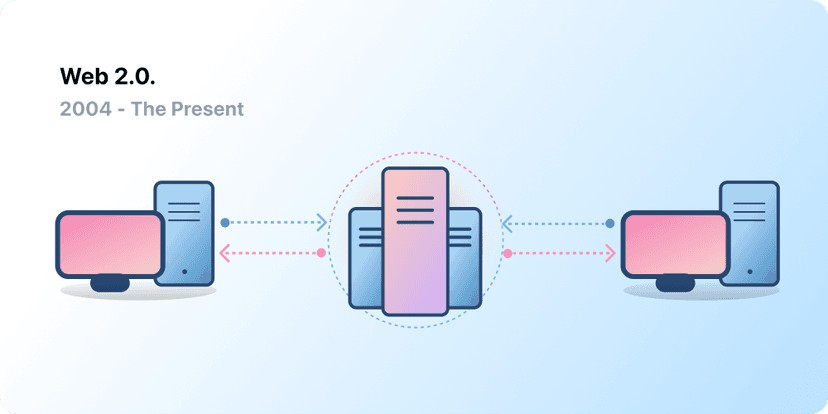
Web 2.0 (Source: ethereum.org)
Web 3.0: The Read-Write-Own Era of Web 3.0
Gevin Wood, one of the co-founders of Ethereum in 2014, began discussing web3 the trend of a trustless internet based on a blockchain infrastructure. Unlike its predecessors, Web3 empowers the users with bitcoin-ethos payments and ownership of the data but rather outlines governance.
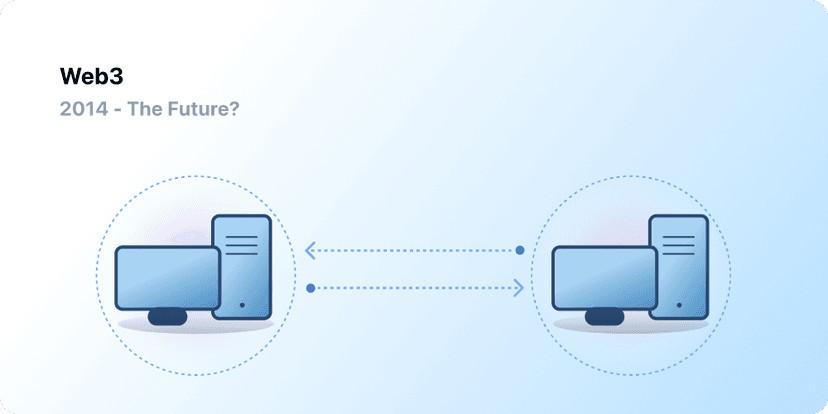
Web 3.0 (Source: ethereum.org)
What Is Web3?
Web3 represents the transformation of the internet into a blockchain-powered, decentralized environment. A major departure from the centralized Web2 approaches, this new paradigm places an emphasis on user ownership, open access, and trustless interactions. Web3 is still in its infancy, but it has the potential to revolutionize how things are done. A more equal digital environment is promoted by decentralization, which guarantees that producers and users share ownership and power.
With permissionless access, everyone may take part without encountering conventional obstacles. Cryptocurrencies replace traditional financial processes with native payment systems, enabling smooth and international transactions. Additionally, by using smart contracts to automate and safeguard interactions, trustless solutions reduce the need for middlemen.
Core Features of Web3
Real-World Applications of Web3
Preparing for the Web3 Revolution
Being proactive is important to prepare for the transition to Web3. To start, familiarize yourself with the basics of blockchain technology and explore platforms like Ethereum to learn about their potential. Since programming languages like JavaScript and Rust are often used to create decentralized applications (dApps), mastering them can also be quite beneficial. It will be easier to develop dApps and other decentralized solutions once you are familiar with Web3 tools and frameworks. Getting involved in Web3 groups and open source projects can also give you hands-on experience and keep you up to date with the latest developments in this expanding environment.
Challenges and Limitations of Web3
While Web3 holds considerable promise, it also faces significant challenges. One major barrier is complexity; understanding blockchain technology and navigating decentralized networks can be difficult for many users. Regulatory uncertainty is also a significant obstacle, as governments around the world are still struggling to establish clear guidelines for blockchain-based ecosystems. Another important area for improvement is user experience. Many Web3 products currently lack the polished interfaces and seamless functionality that users expect from Web2 platforms, requiring significant refinement to drive widespread adoption.
In conclusion, Web3 has the ability to empower consumers and decentralize the internet, despite its early stages. Web3 might change sectors and move the power balance from businesses to individuals by utilizing blockchain technology.
FAQs
1. Is Web3 the same as the Semantic Web?
No, but the Semantic Web is a key part of Web3, enabling AI-driven data understanding.
2. How are Web3 and the metaverse related?
The metaverse uses Web3 technology for decentralization and digital asset ownership.
3. Who developed Web3?
Gavin Wood coined the term, but Web3’s foundation stems from blockchain pioneers and global contributors.
